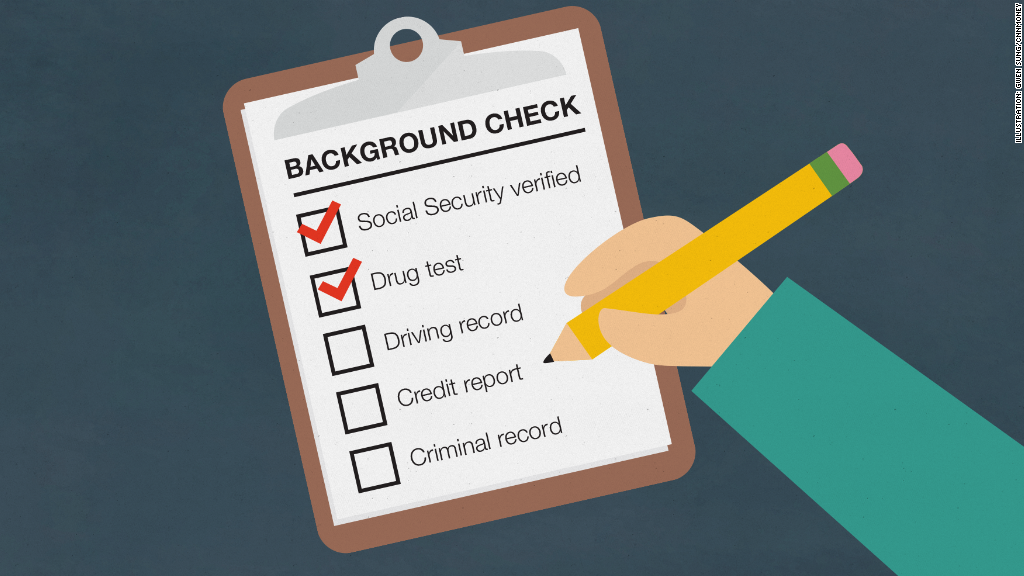In any organization, cultivating strong leadership is vital for long-term success and growth. Developing leaders within your organization not only ensures continuity but also fosters innovation, adaptability, and a positive work culture. In this article, we’ll explore effective strategies on how to develop leaders within your organization to drive performance and achieve sustainable success.
Understanding the Importance of Developing Leaders
Before delving into specific strategies, it’s crucial to understand why developing leaders is essential for organizations. Effective leadership is directly correlated with employee engagement, productivity, and retention. Developing leaders not only prepares individuals for future leadership roles but also creates a pipeline of talent that can drive organizational success.
Here is a detailed guide for how to develop leaders.
1. Creating a Leadership Development Program
You might have come across our previously discussed leadership development ideas for startups, and leadership development activities at workplace that can drive growth, but working in fragments is not a long term solution. The most effective way to develop leaders within your organization is to establish a comprehensive leadership development program. This program should be tailored to the organization’s goals, culture, and values.
It should include a combination of training, mentorship, coaching, and hands-on experience to provide aspiring leaders with the necessary skills and knowledge to succeed.
Please, note the leadership development plan may not be one size fits all, and so you may have to develop multiple versions for each stage of leadership roles. This article discussing examples of a professional development plan can be quite handy to develop multiple versions.
2. Identifying High-Potential Employees
Identifying high-potential employees is the first step in developing future leaders. Look for individuals who demonstrate initiative, drive, and a willingness to learn. These individuals often exhibit strong communication skills, problem-solving abilities, and emotional intelligence, making them well-suited for leadership roles.
3. Providing Opportunities for Growth and Development
Once high-potential employees have been identified, it’s essential to provide them with opportunities for growth and development. This can include assigning challenging projects, offering training programs, and facilitating mentorship opportunities with senior leaders within the organization.
Encouraging continuous learning and development is key to nurturing future leaders and helps you how to develop leaders.
Related Readings:
How to Improve Communication Skills in the Workplace
How to Improve Confidence at Work & Thrive
Developing Emotional Intelligence in the Workplace
4. Offering Feedback and Support
Feedback plays a crucial role in leadership development. Provide regular feedback to aspiring leaders to help them understand their strengths and areas for improvement.
This feedback should be constructive, specific, and actionable, focusing on behaviors and actions rather than personal attributes. Additionally, offers support and encouragement to help aspiring leaders overcome challenges and achieve their goals.
5. Fostering a Culture of Leadership
Creating a culture that values and promotes leadership is essential for developing leaders within your organization. Encourage collaboration, innovation, and accountability at all levels of the organization. So, if you want to know how to develop leaders, you can recognize and reward leadership behaviors and achievements to reinforce desired behaviors and motivate others to aspire to leadership roles.
6. Encouraging Mentorship and Coaching
Mentorship and coaching are powerful tools for leadership development. Pair aspiring leaders with experienced mentors who can provide guidance, support, and advice based on their own experiences. Additionally, invest in leadership coaching programs to help aspiring leaders develop self-awareness, emotional intelligence, and other essential leadership skills.
7. Promoting Diversity and Inclusion
Another best way for how to develop leaders, you understand that diversity and inclusion are critical components of effective leadership development. Ensure that your leadership development programs are inclusive and accessible to individuals from diverse backgrounds and experiences.
Embrace diverse perspectives and encourage open dialogue and collaboration among aspiring leaders to foster innovation and creativity.
8. Leading by Example
Finally, leadership development starts at the top. Leaders within your organization must lead by example and demonstrate the behaviors and values you want to cultivate in future leaders. Model transparency, integrity, and accountability in your actions and decisions, and actively mentor and support aspiring leaders within your organization.
Conclusion
Developing leaders within your organization is essential for driving performance, fostering innovation, and achieving sustainable success. In the above guide for how to develop leaders, you can identify high-potential employees, provide opportunities for growth and development, and foster a culture of leadership, organizations can cultivate a pipeline of talent that will drive future growth and success.



